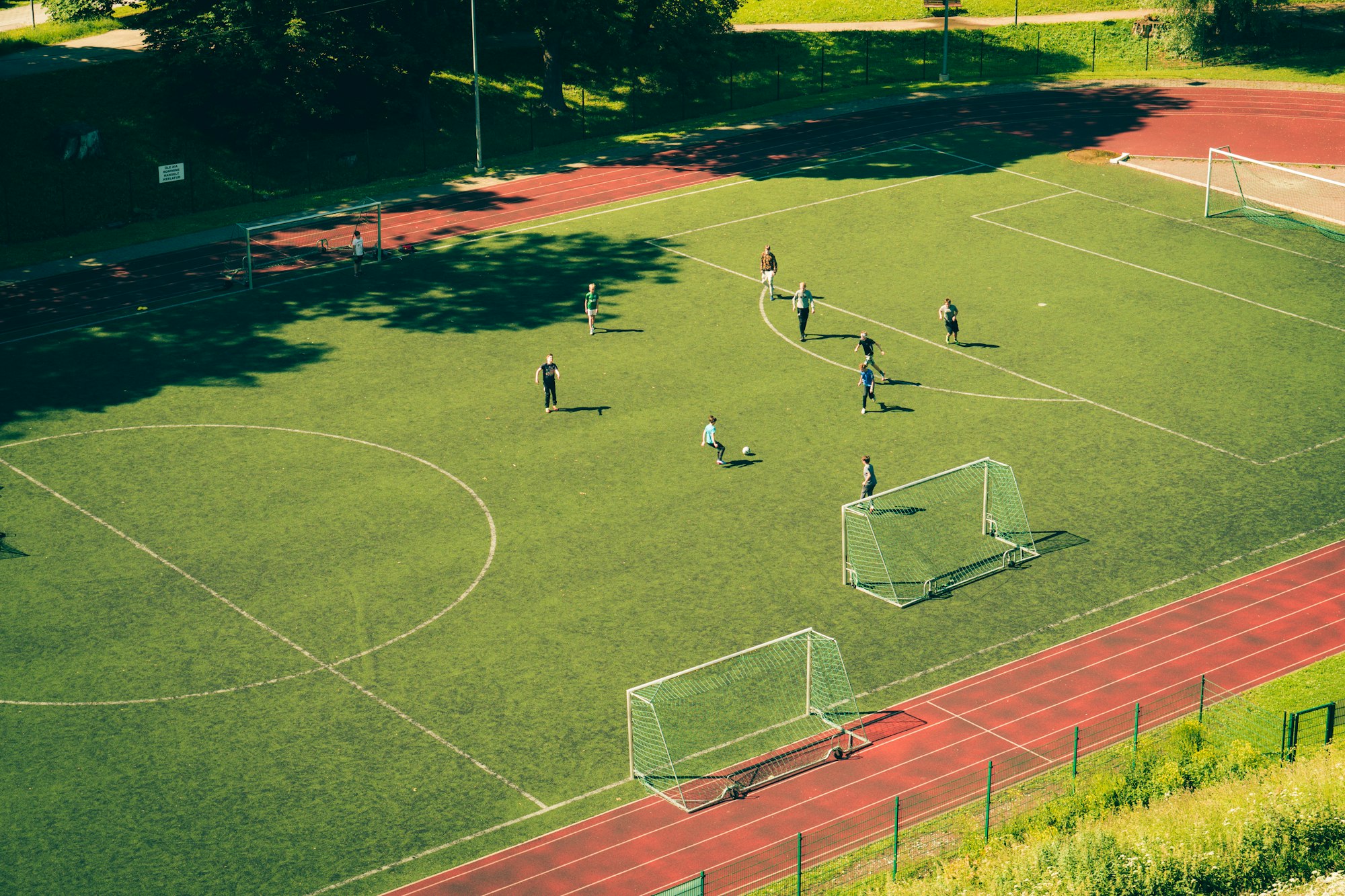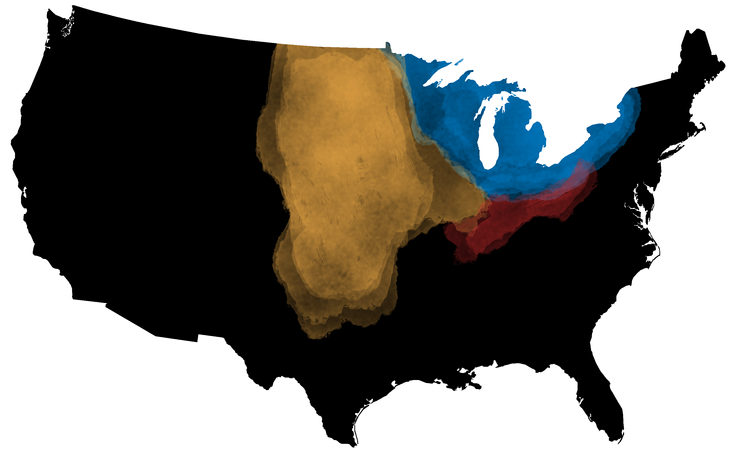
A Proposal for the International Olympic Committee
I’m going to start out by clarifying that I like the Olympics. I’m not typically a huge sports fan, but I always make a little time for the Olympics, Summer and Winter. For me, it’s a sort of best-of collection. and while I might not follow any of the individual sports during the intervening four years, it’s worth it to see the absolute best athletes on the planet do their thing for a couple of weeks. It’s not just that it’s an international event; there are lots of those in sports. It’s that it’s interdisciplinary. Seeing all the different athletes all in one place, playing all the different sports in pursuit of the same medals provides a unifying experience that the world would be a lesser place without.
All that said, I can recognize that the Olympics are slipping in popularity. I think the IOC recognizes the same thing. The schedule of sports has been increasing over the years, bringing in more showy X-Games-type competitions. But, while they’re certainly exciting, these more equipment-intensive sports feel somewhat out-of-step with the more pure athletic traditions the Olympics embody. Bringing in mainstream sports like basketball and soccer has also only sort of worked, since those sports already have their own big competitions that eclipse the Olympic games, and many of the finest athletes in those sports either don’t compete in the Olympics or contractually aren’t allowed to.

Which brings me to my proposal. I’ve long had an idea for a sport that I think would be an ideal fit for the Olympics. Allow me to introduce Cross-Country Football.
NOTE: As an American, I will be referring to association football as soccer. This is what the British, who invented the game, told us it was called back in the day. Much as in the case of aluminum, they then told the rest of the world that it was called something else, but that’s beside the point.
Football is the biggest sport in the world. I don’t just mean soccer, although that’s pretty big all on its own. I mean the broader game of two teams starting in the middle of a field and trying to get something to either end. Soccer, American Football, Rugby, Australian Football, Basketball, Hockey, Lacrosse, Water Polo, and regular old horse Polo are all the same game with different specific rules. Indeed, it’s thought that the word “football” originally referred to any polo-type game played on foot rather than on horseback. People from all corners of the world play some version of this game and have for thousands of years. The one thing every variety has in common is that the field of play is always kept clear and level; the only obstacles to play are the opposing players.

Now, imagine, for a start, that the two goals in a football are placed not at either end of an open field, but instead at either end of a region more like a golf course. To score, players would have to navigate not only the opposing team, but also rocks, trees, pits, and pools. Of course, it wouldn’t be exactly like a golf course. Water features would generally be kept at ankle depth; moving a wet ball should be difficult, but not impossible. Short, scalable ledges would provide boundaries in key areas. And the high-maintenance, variable-height grass would be swapped out for the regular, durable turf used on most football fields. Tees and greens would be replaced by three relatively clear, flat regions: one in the middle, where the kickoff would take place, and the other two in the immediate surroundings of the goals. As for rules, I’d say take soccer’s no-hands policy for keeping things challenging while moving the ball, and basketball’s no-touching policy for safety’s sake. Other specifics could be worked out as the game first gets played.

Moving a football game out of the stadium and into this prepared countryside would produce several changes in the sport. The first would be simply visual. The cross-country courses would be more interesting to look at. Each host country could feature its characteristic natural beauty in the design of its course. The second change would be in the strategy. For example, there may be two paths to the goal: a long, winding stretch of open lawn, along which the opposing team is waiting, or a shortcut through a stretch of woods (clear of underbrush, but with enough tree density that kicking far ahead or passing back and forth between teammates would be impossible). Depending on how good a player was at either dribbling the ball or blasting it through the other team’s defensive line, the ball might take either path. The third change would be to the athleticism required to win. The game would not simply be a matter of running and kicking; vaulting, climbing, and potentially swimming would all be necessary disciplines as well. Also, crossing the complex terrain and looking out for other players among the trees, rocks, hills, and valleys of the course would demand not just physical but also mental agility.
I understand that sports aren’t usually included in the Olympics until they’ve developed their own elite community, gained a global fanbase, or been played at least once, but cross-country football draws from many of the best Olympic sports to produce the ultimate team competition event. It would be a showcase for the host nation, an exciting spectacle for sports fans worldwide, and a challenge to a wide variety of athletic skills. It’s everything the Olympics is in a single sport, and it should be included in the summer games with all possible haste.
Actually, make a snow version for the winter games, too. That’d be fun.






Member Commentary